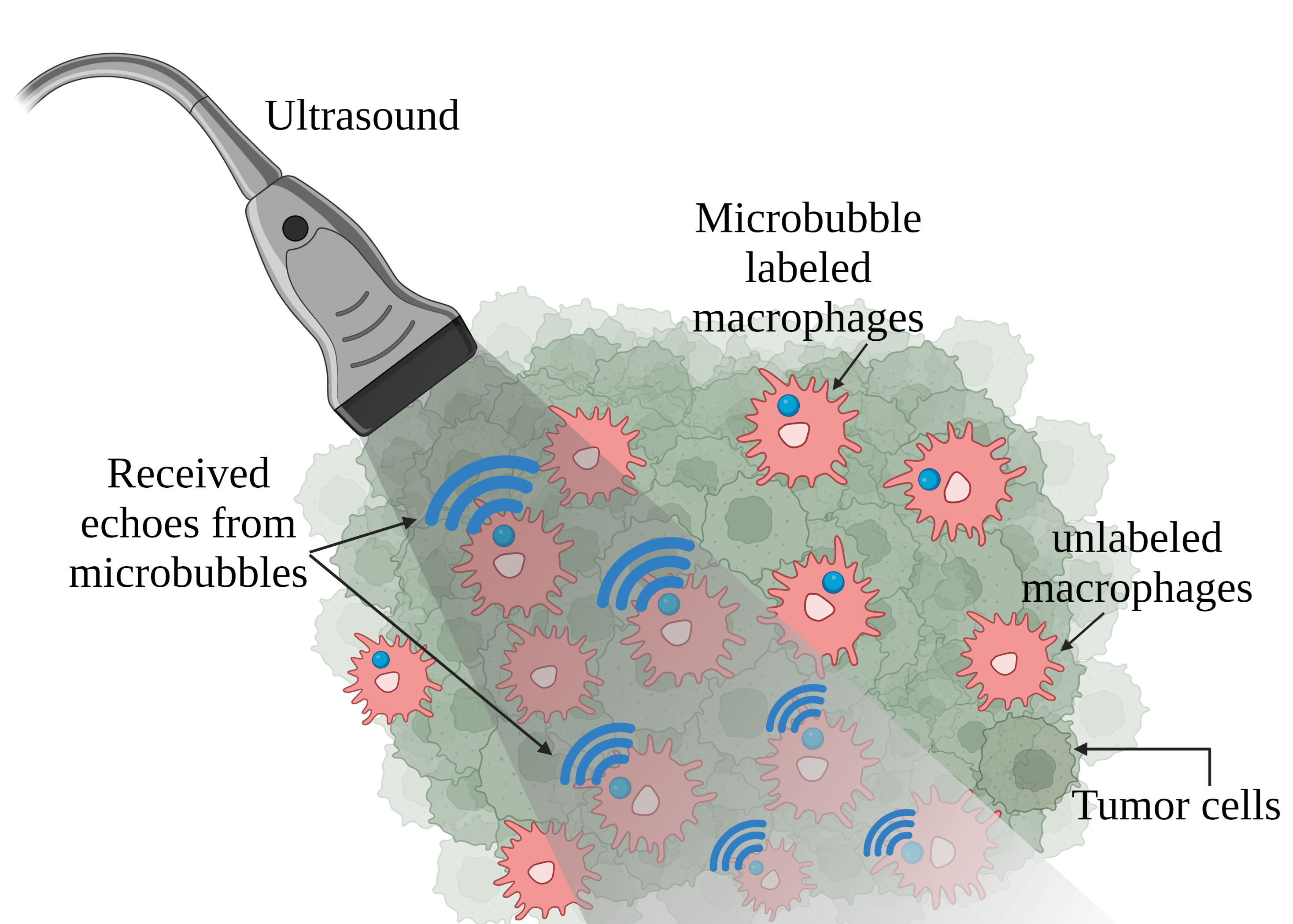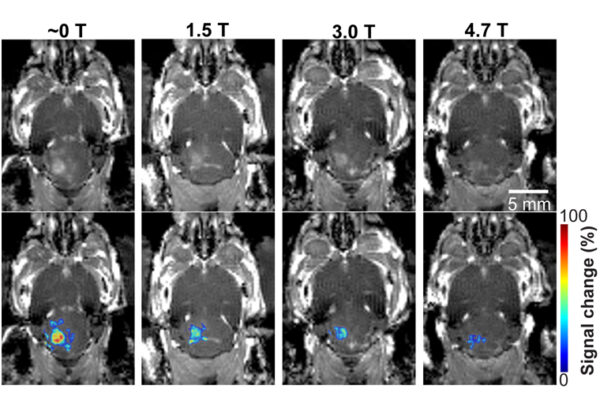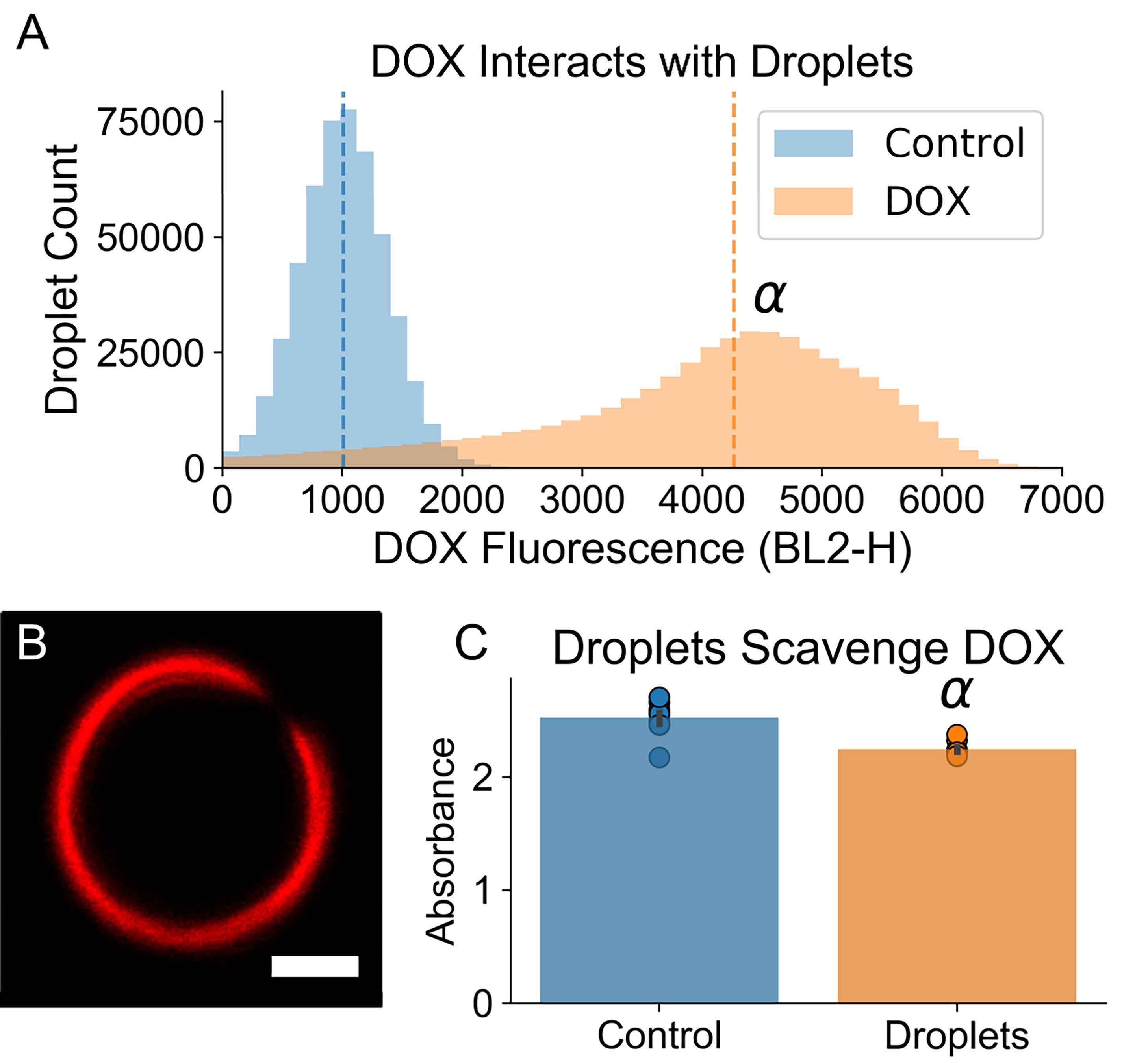Naomi Matsuura, of the University of Toronto, and her team are adapting microbubbles to become more potent tools for cancer therapy. By shrinking the bubbles and directly loading them with anti-cancer drugs, the bubbles can lower the dose of free drug that is injected and diffuses into nontumor tissue in the body. This results in more targeted treatment and fewer side effects for the patient. Matsuura will discuss her team’s results in her presentation, “Ultrasound-stimulated, drug-loaded bubbles for cancer therapy,” as part of the 182nd Meeting of the Acoustical Society of America at the Sheraton Denver Downtown Hotel. The session will take place May 24 at 11:30 a.m. Eastern U.S.



